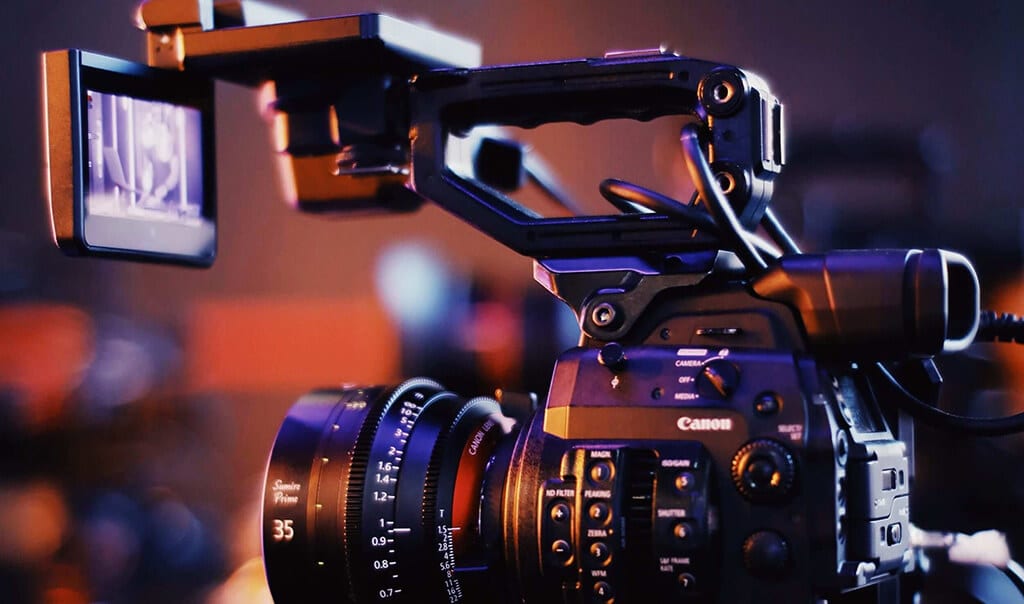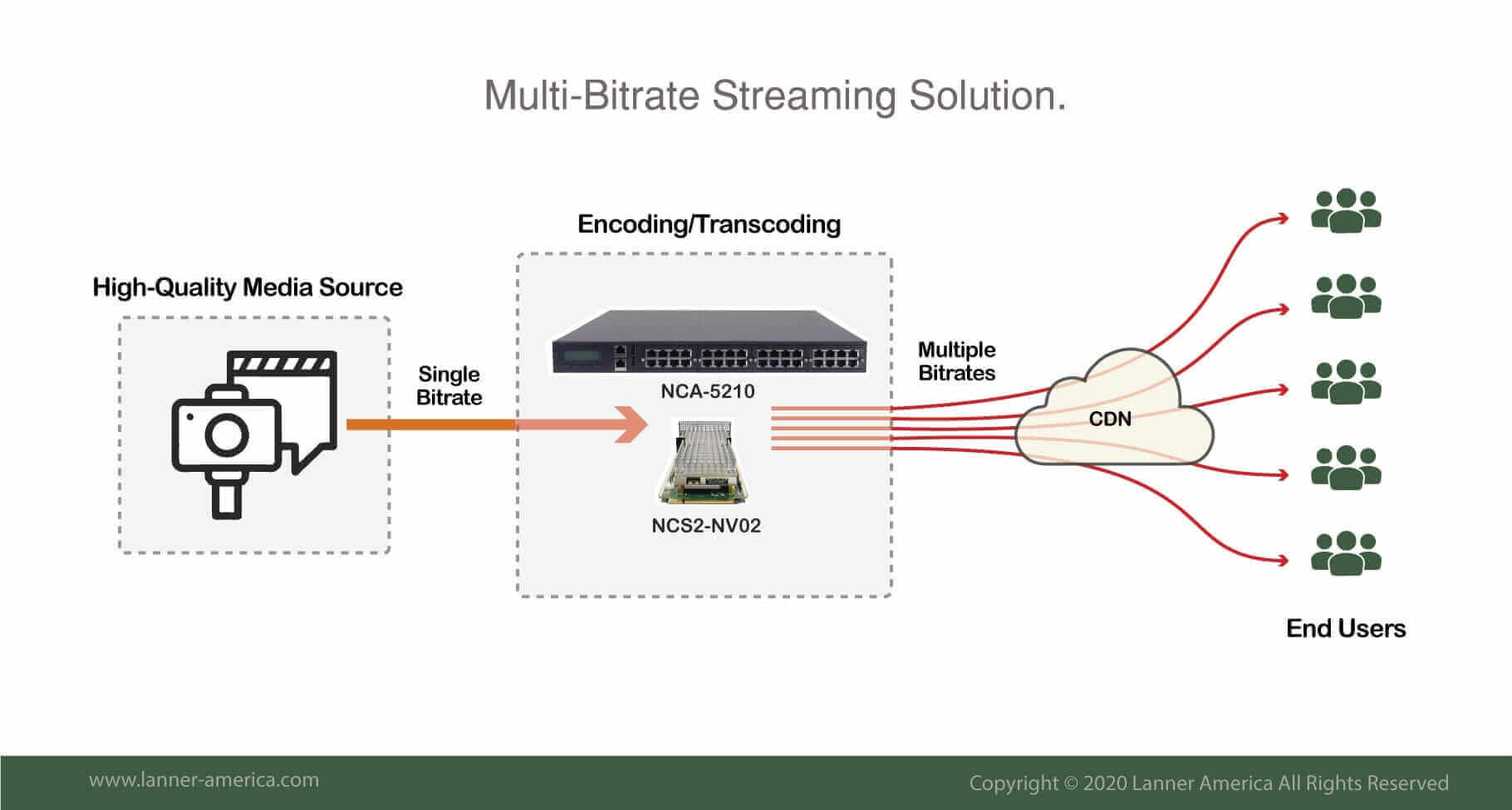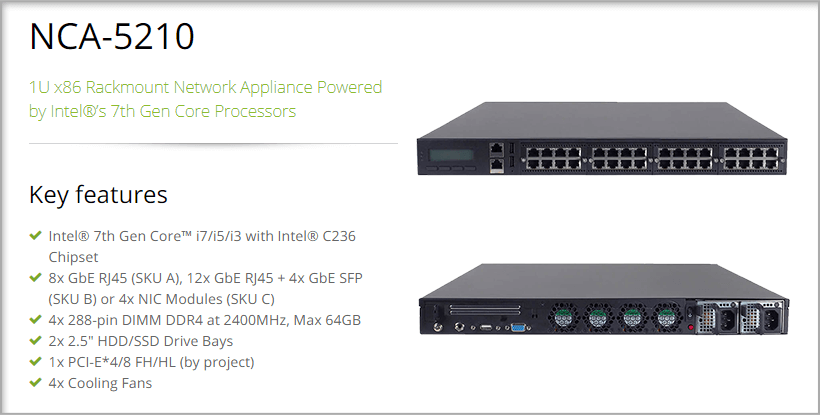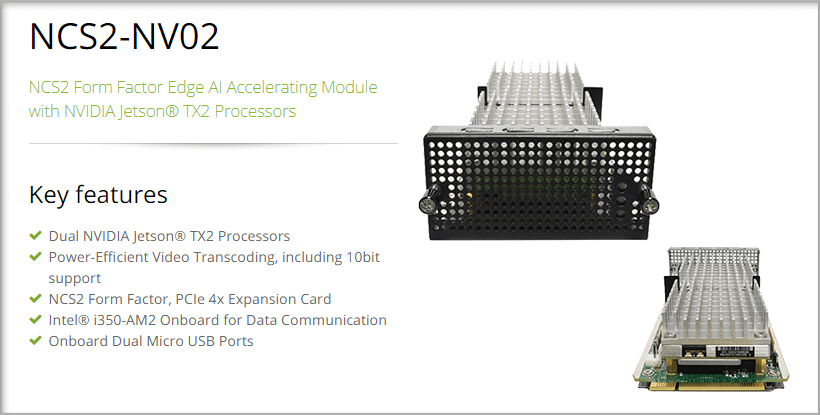
The biggest streaming companies, Youtube and Netflix, use a combination of Adaptive Bitrate (ABR) and Multi-bitrate (MBR) streaming on their video players.
On the one hand, ABR streaming sets the media quality in “Auto.” It gives less control over the streaming bitrates and resolution settings to the viewer. ABR adapts the video’s quality to the fluctuations of the local resources, which is usually a more comfortable approach to provide the highest quality while avoiding buffering automatically.
MBR streaming, on the other hand, encodes, transcodes, and delivers the same array of videos with different qualities (as ABR does), but gives viewers more control over a “predictable quality.” MBR is often preferred for live streaming because it uses fewer resources on the source and destination.
Summary
In this solution brief, we will review the common challenges faced by MBR streaming services. MBR requires encoding and transcoding an array of video feeds with multiple bitrates, which takes intensive computing-processing. And if the streaming needs to go live, the bandwidth at the source also must be capable of forwarding multiple files in “near” real-time.
To solve these challenges, Lanner provides a GPU-assisted hardware encoding/transcoding solution with high bandwidth and optimal computing performance to optimize MBR streaming.
Lanner NCA-5210 is a rackmount network appliance with optimal computing capabilities. This appliance is accompanied by the NCS2-NV02 module, which enables the GPU hardware-based encoding/transcoding. The solution speed ups encoding and transcoding, which is critical for MBR streaming.
Challenges
Times are changed, and so has Internet bandwidth capacity. Now, it is even possible to deliver live stream high-resolution 4K renditions to multiple viewers. But not everybody has the right resources to access live 4K streams.
Before streaming a single live video in 4K, streaming services should apply transcoding/encoding workloads to create multiple renditions with different bitrates and resolutions. Providing MBR streaming opens broader markets and audiences for streaming services.
But MBR streaming can be challenging.
Intensive Computer Processing
Encoding workloads using H.264 or H.265, compress a streaming video source (live or file video) and create different outputs with various bitrates and resolutions. In the same case, transcoding takes an encoded file and changes codecs, bitrates, and resolutions.
The MBR streaming couldn’t work if the server performing encoding/transcoding is not prepared for these demanding workloads. Encoding and transcoding MBR streams, especially live ones, and producing efficient results in real-time can be quite computer-intensive.
Bandwidth Speed
The whole idea of MBR streaming is to have the content viewer choose among multiple available bitrates. Depending on the Internet bandwidth, the viewer may decide between a higher bitrate vs. lower buffering.
So bandwidth speed is not a problem at the destination; that’s precisely what MBR and CDNs solve, but it is a challenge at the source where live streaming content needs to be uploaded in near real-time.
Storage Size
A single raw video file has the highest bitrate and the largest size possible. But when this single file gets encoded in multiple renditions at different bitrates and resolutions, each file requires a storage unit at the source, which in most cases is pushed to the CDN.
MBR streaming needs to have abundant storage for its multiple bitrate and resolution versions.
Solution: Lanner’s Network Transcoder for MBR streaming
The Multi Bitrate MBR solution presented in this brief can take a high-quality media file and encode it into multiple streams at different bitrates. The multiple streams at different bitrates are broadcasted simultaneously over a fast bandwidth to a streaming server or CDN.

The components for the solution are:
- High-Quality Media Source.
- High bandwidth and GPU-assisted Hardware Encoding/Transcoding Server.
- Streaming Servers (CDN) and MBR Streaming Software.
High-Quality Media Source
Original live video feeds are usually the highest in quality but the largest in size. If cameras do not have built-in compression mechanisms, they’ll end up creating an enormous video feed, which is unacceptable for a streaming service.
Most modern cameras have built-in encoding capabilities. They can capture live video, encode it on-the-fly using HEVC (H.265) or H.264, and output a single file (full HD or UHD) but much lower in size.
While having an encoder at the source is great for reducing the size of the original video, it does not provide multiple streams with different bitrates.
For live streaming to wider audiences, cameras will need to send their video capture for encoding and transcoding.
High Bandwidth and GPU-assisted Hardware Encoding/Transcoding Server
The job of the encoding server is to take the uncompressed original video feed and convert it into a compressed format using mechanisms such as HEVC (H.265) or H.264. It then creates an IP stream with multiple bitrates ranging from 0.3Mbps, 0.5Mbps, to 1Mbps, and more.
Lanner’s NCA-5210 + NCS2-NV02 network video encoding/transcoding solution enables optimized high bitrate streaming. It takes video from a source and delivers a multi-bitrate array of video to streaming channels like OTT or IPTV.
Optimal computing performance with Lanner’s NCA-5210:
Lanner’s NCA-5210 is an x86 rackmount Network Appliance powered by the 7th generation Intel® Core™ processors. The NCA-5210 delivers optimal computing performance. The appliance also comes with rich LAN connectivity and NIC module slots for bandwidth expansions.

The NCA-5210 goes along with the video transport platform, NCS2-NV02, which enables the GPU hardware-based encoding/transcoding. The NCS2-NV02 accelerates video-intensive applications, such as encoding and transcoding for Lanner’s NCA-5210.
The module is powered by dual NVIDIA Jetson® TX2 Processors SoM (System-on-Module). It also features onboard Intel i350-AM2 Ethernet controllers to optimize video encoding and transcoding for streaming applications.

Streaming Servers and MBR Streaming Software
Lanner’s solution takes the video source (with the highest possible bitrate) and applies the right encoding or transcoding workloads to create multiple bitrate streams. It then broadcasts them to the viewer.
These MBR streams can be accessed directly by the viewer via the Internet or dispersed to a broader audience via Content Delivery Networks (CDN). CDNs shorten video latency and help avoid buffering.
The Streaming Software
Although a general-purpose CPU would be able to run streaming software, it wouldn’t perform compute-intensive operations such as real-time encoding and transcoding MBR streams.
The streaming software is the one providing the storing, encoding, and transcoding instructions, so it needs powerful hardware components. The software needs to run on top of the right hardware with proper computing performance and video acceleration.
Benefits
Multi-bitrate (MBR) helps streaming services reach wider audiences. With Lanner’s NCA-5210+NCS2-NV02 solution, streaming services can create multiple renditions of a single source and deliver them in near-real-time. The solution is ideal for services such as live streaming.
Lanner’s NCA-5210 appliance is engineered to address the quality and bandwidth demands of video content delivery applications, such as MBR streaming. And the NCS2-NV02 module optimizes video encoding/transcoding for high-volume video delivery, such as 10-bit HEVC (H.256) video.
Predictable Bitrate
Video players using Adaptive Bitrate (ABR) perform continuous tests to the local Internet connection and the computer’s processor; once it detects degradation on the resources, it will automatically adjust the bitrate. But MBR is different, it performs an initial test and automatically chooses a rendition based on that initial test. But if the Internet bandwidth slows down (or improves) it will not adjust automatically.
MBR streaming provides a predictable bitrate. It will not attempt to continuously adjust inconsistent versions of the video, which could degrade the user’s Quality of Experience.
Provide Ideal QoE
MBR streaming gives control of the bitrate to the viewer— so they can choose a sufficient quality among different renditions and watch an uninterrupted stream.
With MBR streaming, viewers can:
- Have a better experience watching the video stream with the same quality.
- Have better control on their consumption of Internet data plans.
- Watch an interruption-free streaming.
Provide highest quality to low-bandwidth locations
It would be irrelevant to deliver live high-quality 4K video to places without access to fast Internet bandwidth. To provide live streaming to locations with low-bandwidth, streaming servers and CDNs closer to those locations would only need to deliver the appropriate bitrate and resolution, thus saving precious resources.
Next Steps
For more information on other Rackmount Network Appliances, Video Transport Platforms, or the Network video transcoder solution for streaming please contact a Lanner’s sales representative.
Photo by Bruno Massao from Pexels






